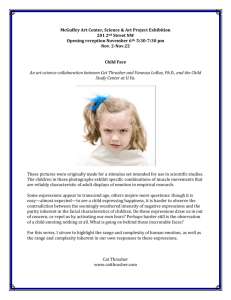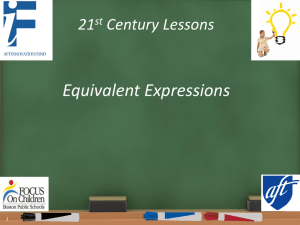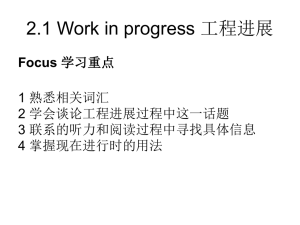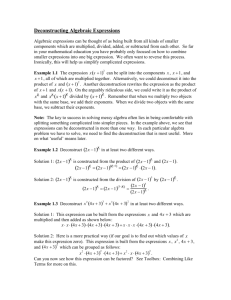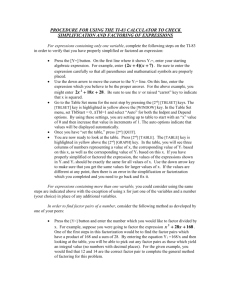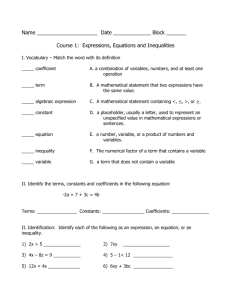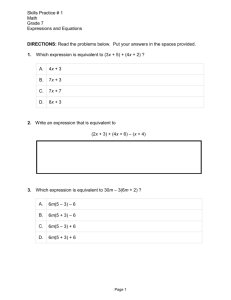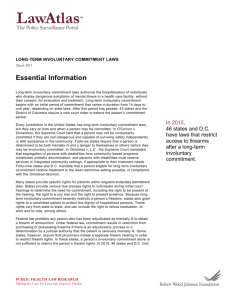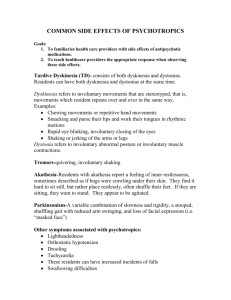abstract here - Columbia Law School
advertisement
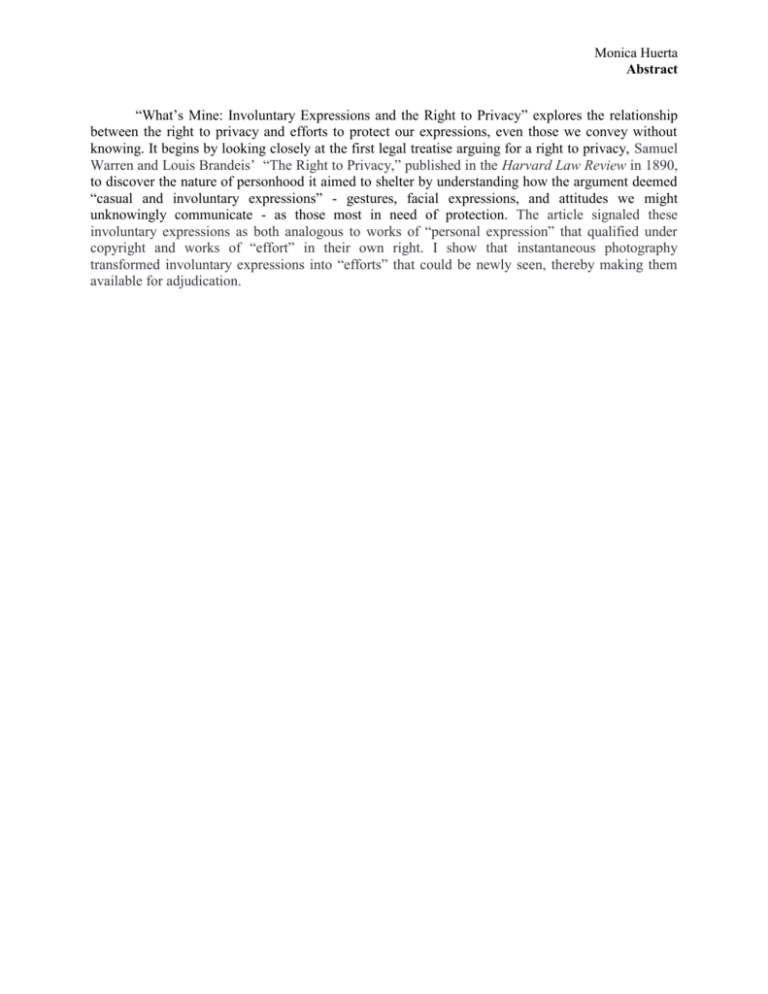
Monica Huerta Abstract “What’s Mine: Involuntary Expressions and the Right to Privacy” explores the relationship between the right to privacy and efforts to protect our expressions, even those we convey without knowing. It begins by looking closely at the first legal treatise arguing for a right to privacy, Samuel Warren and Louis Brandeis’ “The Right to Privacy,” published in the Harvard Law Review in 1890, to discover the nature of personhood it aimed to shelter by understanding how the argument deemed “casual and involuntary expressions” - gestures, facial expressions, and attitudes we might unknowingly communicate - as those most in need of protection. The article signaled these involuntary expressions as both analogous to works of “personal expression” that qualified under copyright and works of “effort” in their own right. I show that instantaneous photography transformed involuntary expressions into “efforts” that could be newly seen, thereby making them available for adjudication.

